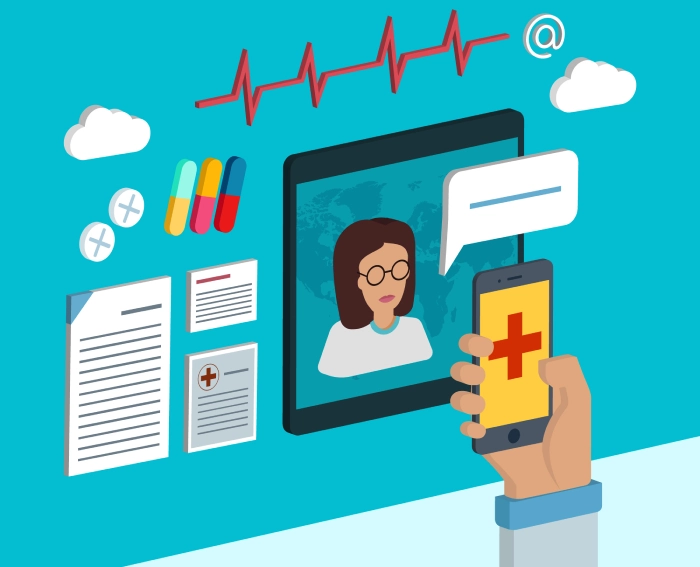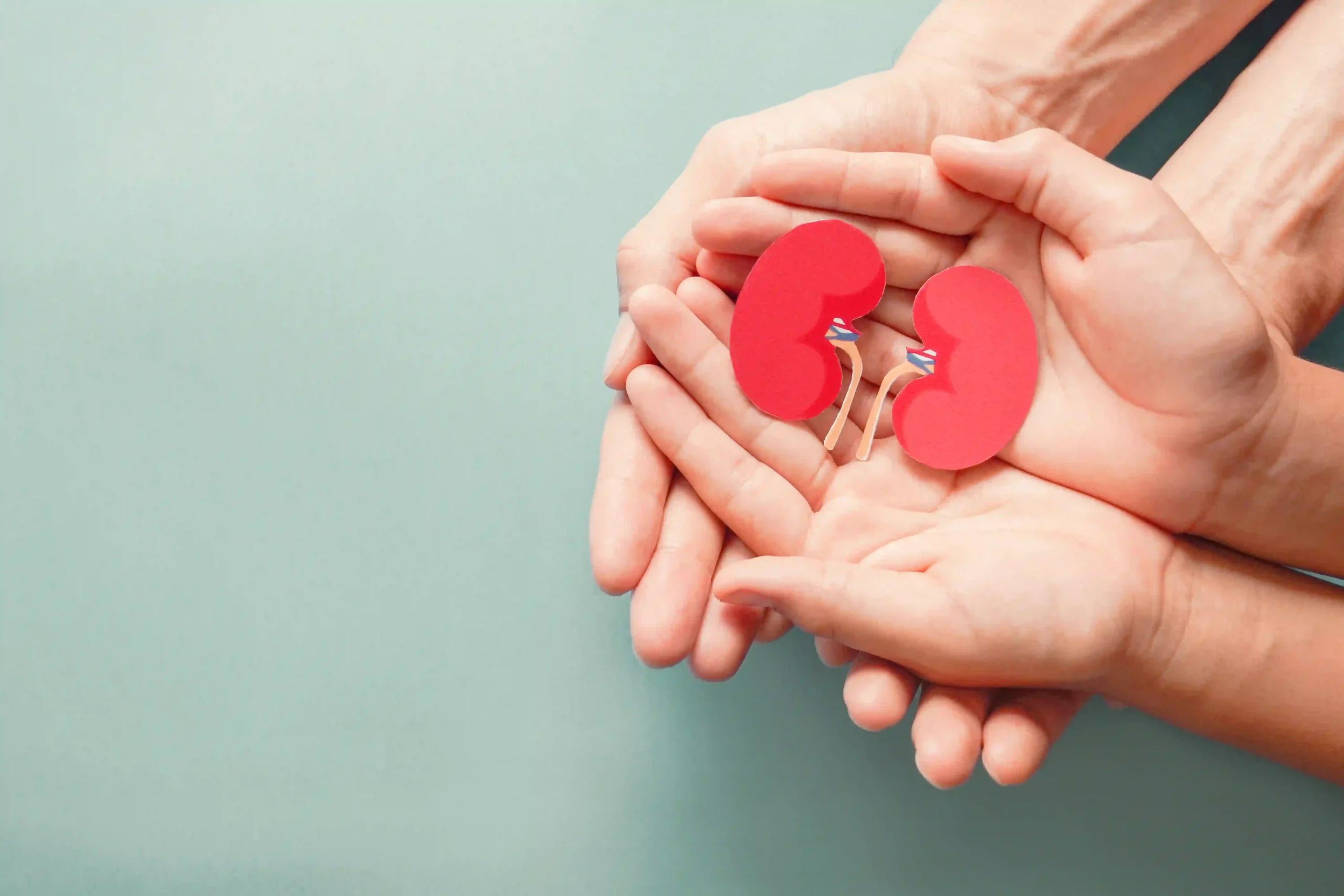New Guidelines Emphasize Comprehensive Approach to Post-Stroke Care
The U.S. Department of Veterans Affairs and the U.S. Department of Defense have jointly issued updated clinical practice guidelines for stroke rehabilitation, published in the Annals of Internal Medicine on January 21. These guidelines, developed by a workgroup led by Dr. Blessen C. Eapen from the David Geffen School of Medicine at UCLA, present 47 recommendations and an algorithm for stroke rehabilitation in both inpatient and outpatient settings.
The guidelines focus on areas with the strongest evidence, particularly those relevant to primary care. These include transition to community, motor therapy, dysphagia, aphasia, cognition, and mental health. The recommendations aim to improve patient outcomes and quality of life following a stroke.
Key recommendations include:
1. Utilizing case management services at discharge to enhance activities of daily living and functional independence.
2. Implementing task-specific practice to improve motor function, gait, posture, and daily activities.
3. Employing interventions to address patient and caregiver depression.
4. Providing psychosocial education to enhance family function, patient independence, and overall quality of life.
5. Incorporating mirror therapy and neuromuscular electrical stimulation to improve motor outcomes.
6. Using botulinum toxin for focal spasticity management.
7. Considering selective serotonin reuptake inhibitors (SSRIs), serotonin-norepinephrine reuptake inhibitors (SNRIs), psychotherapy, or mindfulness-based therapies for depression treatment.
The authors emphasize that post-stroke rehabilitation requires an interdisciplinary, holistic approach to managing and treating stroke sequelae. They stress the importance of including patients and caregivers as vital members of the rehabilitation team.
These updated guidelines provide healthcare professionals with evidence-based recommendations to optimize stroke rehabilitation outcomes and improve the overall well-being of stroke survivors and their families.
Commentary by SuppBase columnist Alice Winters:

The recently updated stroke rehabilitation guidelines from the VA and DoD represent a significant step forward in post-stroke care. As a health product commentator, I find these recommendations particularly intriguing due to their comprehensive approach and potential implications for the supplement and health product industry.
First and foremost, the emphasis on case management services and task-specific practice aligns well with the growing trend of personalized healthcare. This approach could open doors for tailored supplement regimens and targeted health products designed to support specific aspects of stroke recovery, such as cognitive function or muscle strength.
The guidelines’ focus on mental health is also noteworthy. The recommendation to use SSRIs, SNRIs, psychotherapy, or mindfulness-based therapies for depression highlights the critical role of mental well-being in overall recovery. This presents an opportunity for the development and promotion of natural mood-supporting supplements, such as omega-3 fatty acids, St. John’s Wort, or adaptogenic herbs, which could complement traditional treatments.
The inclusion of mirror therapy and neuromuscular electrical stimulation in the guidelines is particularly exciting from a health technology perspective. These non-invasive techniques could potentially be adapted for home use, creating a market for consumer-grade devices that support motor recovery.
The recommendation for botulinum toxin use in managing focal spasticity is intriguing. While this is a pharmaceutical intervention, it opens the door for research into natural alternatives that could help manage muscle spasticity with fewer side effects.
From a nutritional standpoint, the guidelines’ holistic approach implicitly acknowledges the importance of overall health in stroke recovery. This creates an opportunity for supplements and functional foods targeting cardiovascular health, inflammation reduction, and neuroprotection to position themselves as part of a comprehensive stroke recovery plan.
However, it’s crucial to note that these guidelines do not explicitly mention dietary supplements or alternative therapies. This underscores the need for more robust clinical research in these areas to establish their efficacy in stroke rehabilitation.
The emphasis on interdisciplinary care and the inclusion of patients and caregivers as vital team members is particularly promising. This approach could lead to increased consumer education and engagement, potentially driving demand for evidence-based, high-quality health products that support stroke recovery.
In conclusion, while these guidelines primarily focus on clinical interventions, they indirectly highlight numerous opportunities for the supplement and health product industry to contribute to stroke rehabilitation. As always, any products developed should be backed by solid scientific evidence and used in conjunction with, not as a replacement for, standard medical care. The stroke rehabilitation field is ripe for innovation, and it will be exciting to see how the health product industry responds to these updated guidelines.



